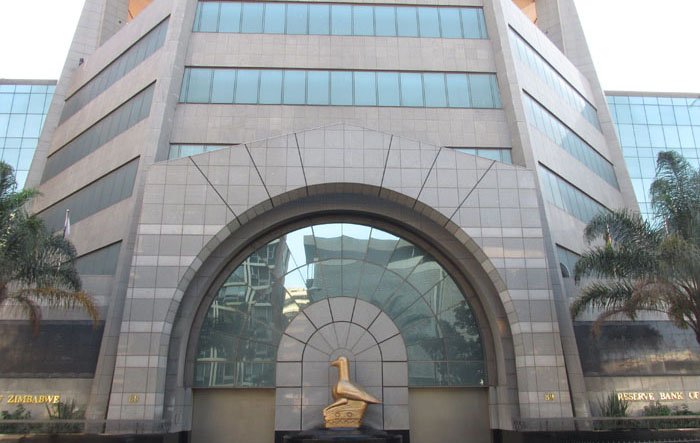Export earnings retention maintained at standardised 75pc
THE Reserve Bank of Zimbabwe (RBZ) has maintained the export earnings retention threshold for all businesses, except small-scale miners, at a standardised 75 percent.
Last year, the central bank increased the foreign currency retention threshold by exporters to 75 percent.
Previously, exporters retained 60 percent of the foreign currency from their export proceeds and often complained that the higher export surrender requirements made it difficult to access forex for critical capital expenditure and operations financing.
This was announced by RBZ Governor Dr John Mushayavanhu when he presented the 2024 Monetary Policy Statement (MPS) on Friday.
“Foreign exchange thresholds remain standardised at 75 percent across the board except for small-scale gold producers. So, what we are saying is that unless you are a small-scale gold producer, everyone when you receive your foreign exchange export receipts, you must surrender 25 percent.
“I’m a stricter with rules, this country is not an animal farm, there are no people who are more equal than others. If it is 25 percent for everyone and I am not going to entertain anyone coming to my office to say, ‘But I am so and so, I need to retain 100 percent’. It’s not going to happen under my watch,” Dr Mushayavanhu said.
The central bank chief also announced the scrapping of the foreign exchange auction market, which he said was no longer necessary following the new monetary change.
Importers with genuine invoices, Dr Mushayavanhu said, would simply need to approach the banks. The auction was installed in 2020 to help with distribution of limited foreign currency to key sectors of the economy.
The central bank chief said the bank would use 50 percent of the foreign currency proceeds from surrender requirements for strategic interventions in the foreign exchange interbank market.
“The remaining foreign currency will be available to satisfy the Government’s foreign currency obligations in exchange for ZiG and to build foreign exchange reserves for the Reserve Bank of Zimbabwe,” he said.
He said the central bank had had enough stock of foreign currency reserves, about US$300 million, to support the local currency, including US$100 million nostro balances to cover the US$2,6 million stock of local currency in circulation.
Dr Mushayavanhu said the MPS was drafted in consultation with various stakeholders that included bankers, business representative organisations such as the Confederation of Zimbabwe Industries (CZI), the civic society and the International Monetary Fund.
He said the recalibrated MPS aimed to address the existing state of affairs as far as price and exchange rate stability in the economy is concerned.
“It is informed by two pillars, namely restoration of price and exchange rate stability and also re-monetising the local currency so that it serves its purpose as a medium of exchange and a store of value.
“As you know, one of the key functions of the Central Bank is price and exchange rate stability and also inflation management.”
On foreign exchange management, he said the Reserve Bank will use 50 percent of the hard currency proceeds from surrender requirements for strategic interventions in the foreign currency market.
This, he said, entails that when the monetary authority receives foreign currency under the 25 percent arrangement, half of that money will be used to go into the market.
“So, over and above the reserves that the central bank has, we also have an additional amount that we will be getting as we purchase foreign currency for surrender and put it back into the market to ensure that the market foreign exchange liquidity situation is always liquidity.
“The remaining balance of the currency after that 50 percent will be used to satisfy the Government’s foreign exchange requirements and obligations and also would be used to increase the reserves of the central bank.
“I am starting with total reserves of US$285 million,” he said.
The CZI president Mr Kurai Matsheza, whose organisation represents manufacturing companies that also export finished products, could not be reached for comment as his mobile number was not going through.
However, ZNCC president Mr Mike Kamungeremu said: “You will find that one of the biggest challenges that exporters have been facing was the liquidation at an official exchange rate which was almost half of the market resulting in the exporters incurring losses.
“So, you would discover that the issue of foreign currency retention is not a big problem, what we want is a market determined exchange rate. The Governor has indicated in the MPS that they will allow a market-determined exchange rate, theoretically it makes sense and we hope they will stick to that,” he said.-herald











